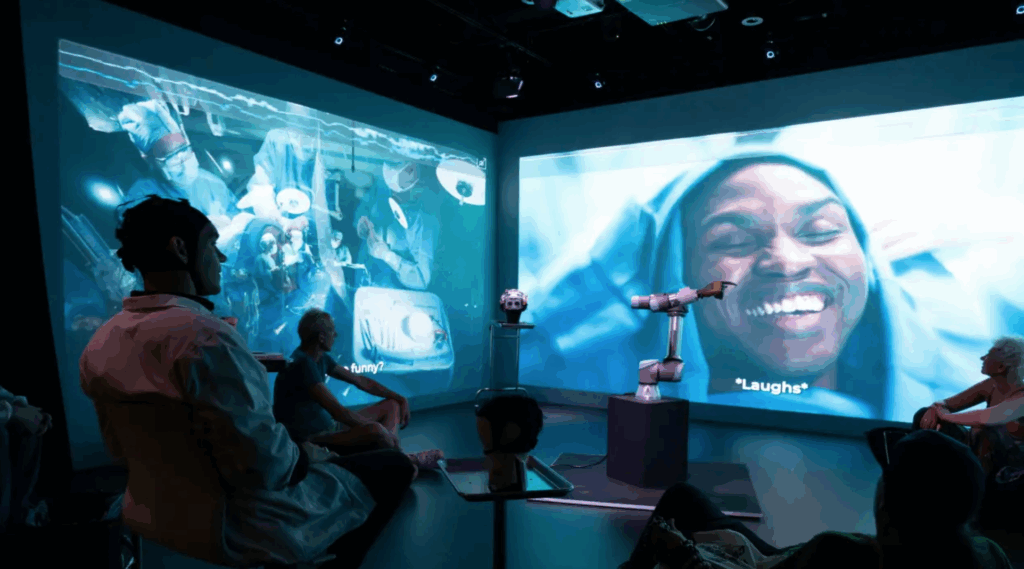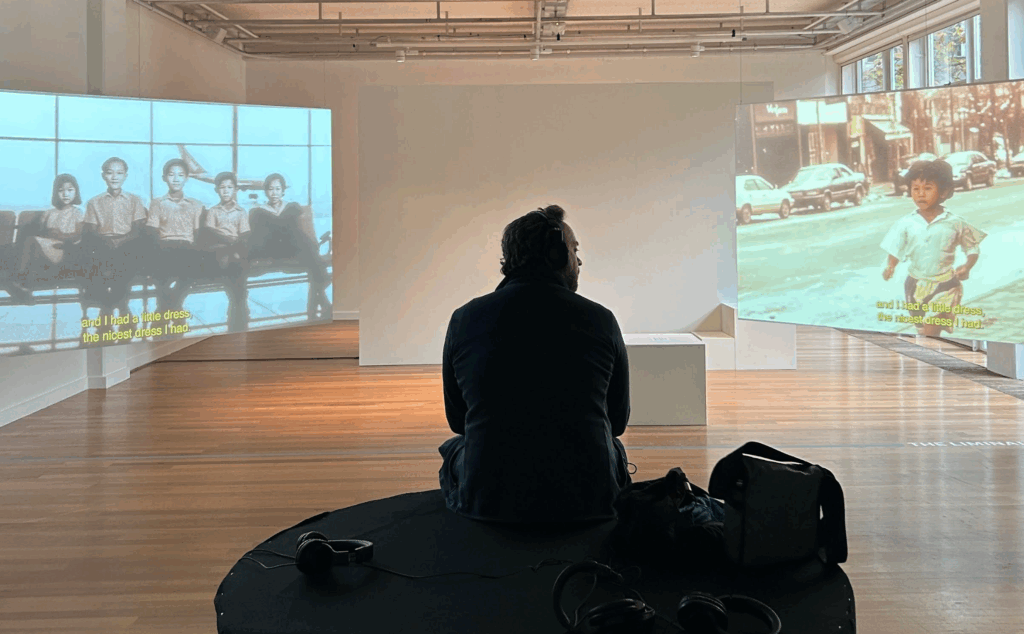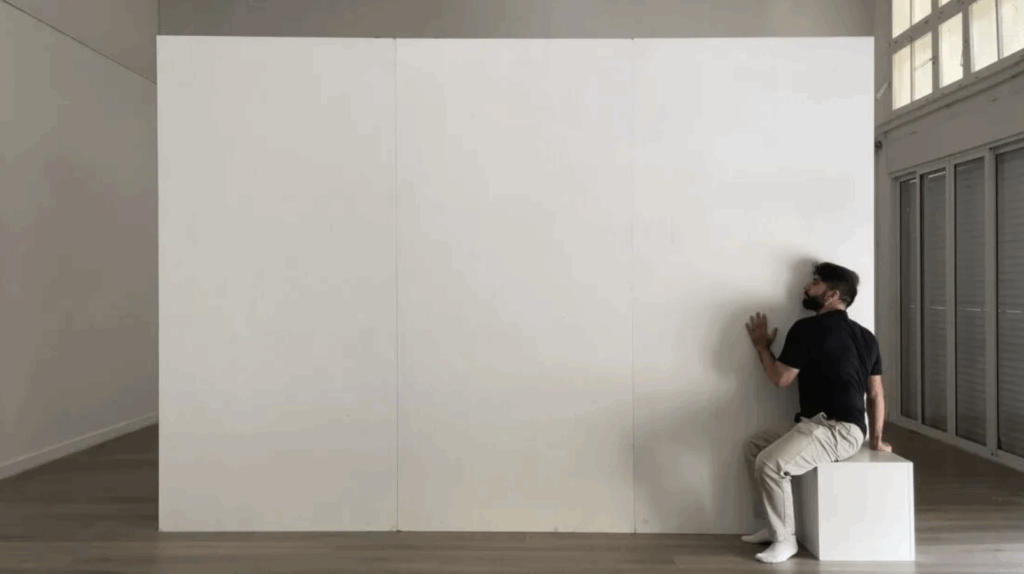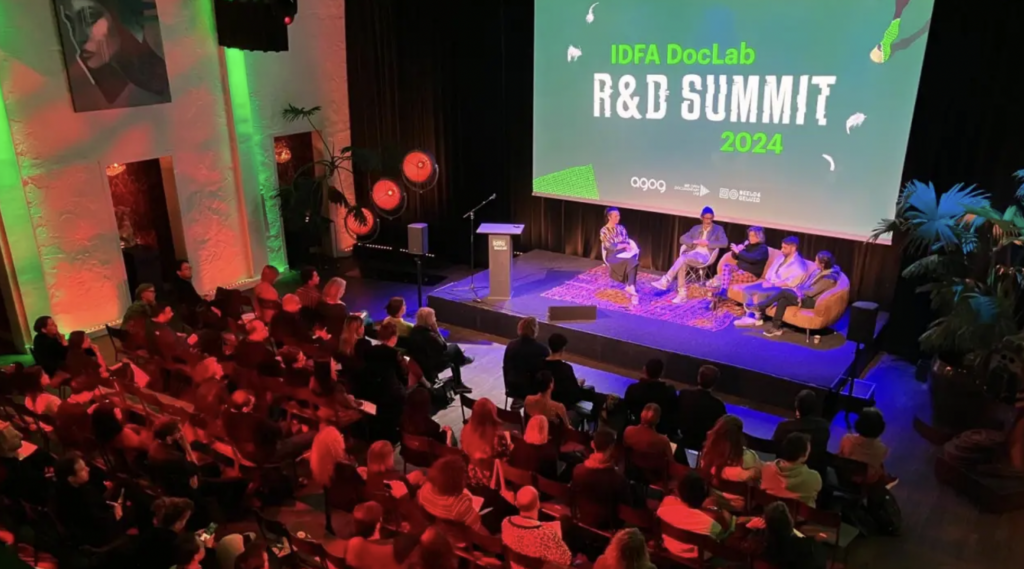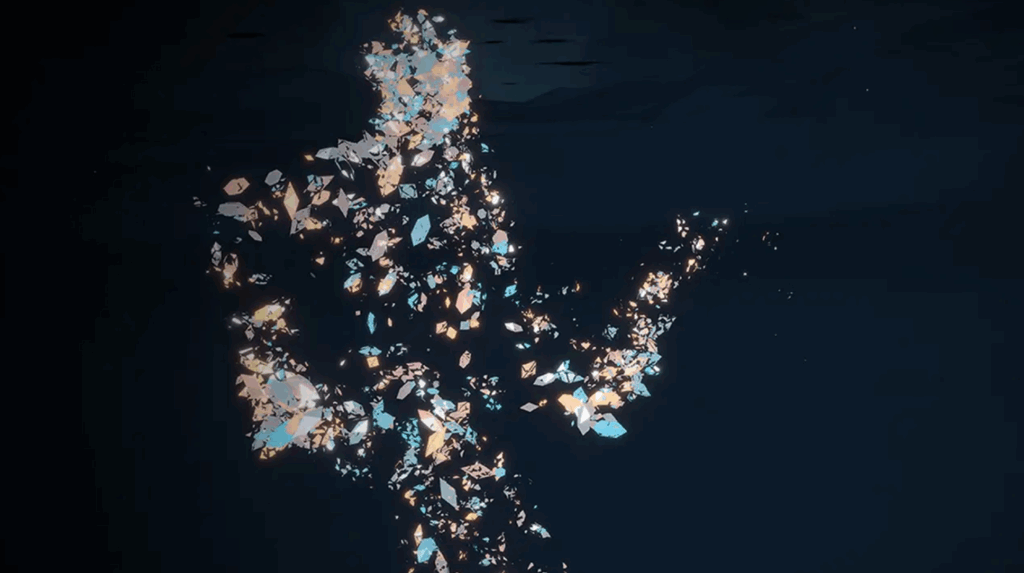
Is getting stood up in the virtual world better or worse than in real life?
Or if your date or encounter just doesn’t deliver what you had hoped from the other person? Could you still enjoy the experience even if it wasn’t magical?
As the XR pendulum swings back from cold technology to the infiltration of the human connection, it grapples with the difficulty of the user experience no longer just dependent on the maker’s talent, but also – gasp – on the investment of other people. At this year’s Venice Immersive, the programme is ripe with pieces that call for connection, whether verbally or physically, and as people chatted in the courtyard about what they’d seen and what they’d liked, it was common to hear “it depends on who you’re with…”.
I experienced this firsthand for Fanny Fortage’s HEARTBEAT, a potentially very intimate piece where two people exchange heartbeats and stare at each other. I had a feeling about my 20:20 time slot, that the other ticket holder would be a few spritz’ in and forget to come, cancel or share their ticket. (Because I seem to have that luck. The same thing happened to me for ROAMance at IDFA’s DocLab, when my partner – utterly necessary for the piece – was a no show. Getting stood up in XR still feels pretty crappy, even though it’s likely not personal.)
originally published on XR Must

